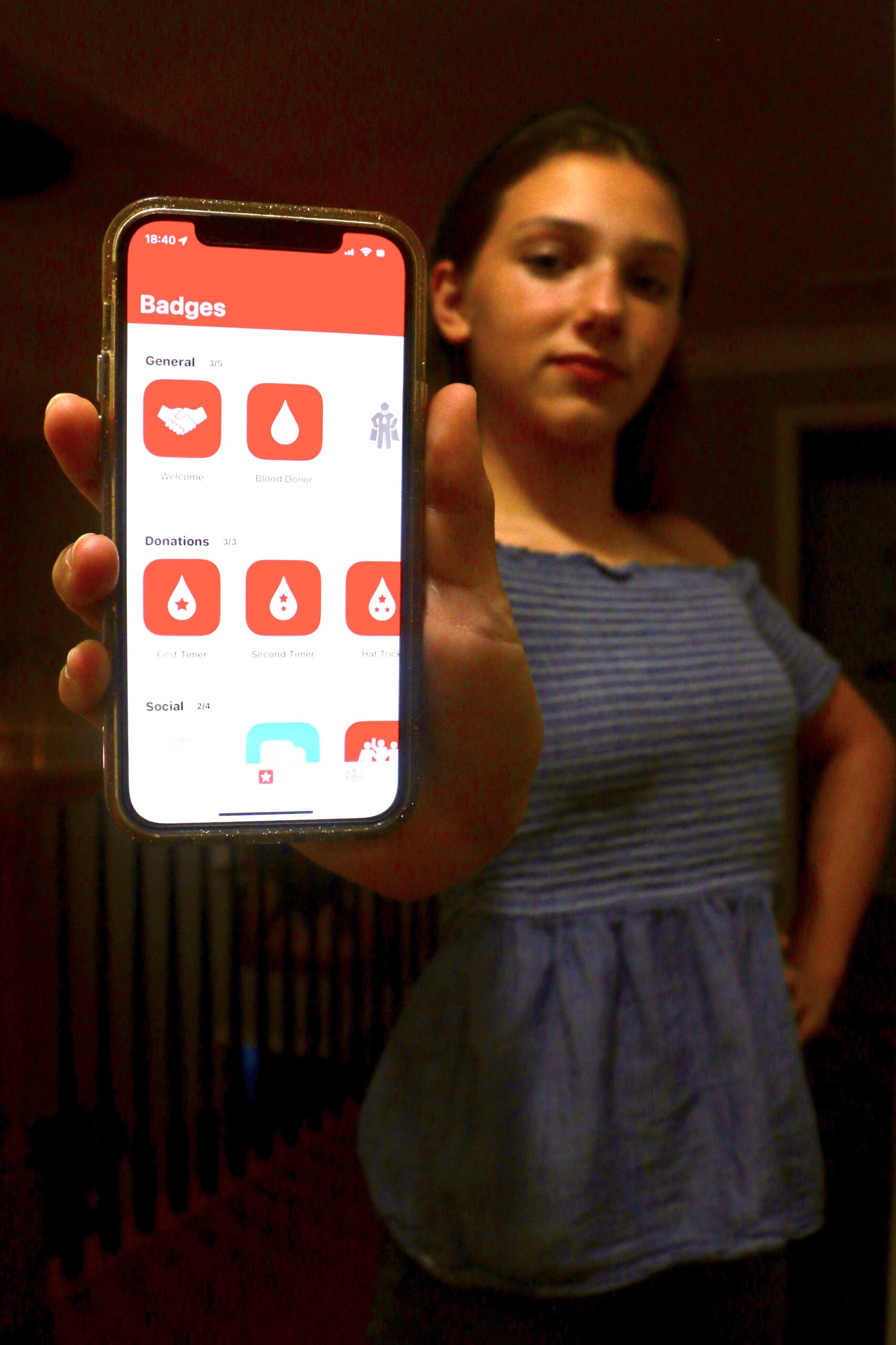One of the best ways Kennesaw State students can become involved in their community with great impact is by donating blood.
Jerrica Williams, one of two regional communications managers for the American Red Cross of Georgia region, emphasized that the demand for blood is constant.
“We have to collect blood every day because there are people who suffer from sickle cell disease, burn victims, gunshot victims, people experiencing difficult pregnancies… things of that nature,” she said. “Every two seconds somebody needs blood in the country.”
Williams further explained that the blood that keeps hospitals stocked is what saves lives. “To keep the supply in the hospitals, the Red Cross needs to collect about 12,500 [blood] donations and nearly about 3,000 platelet donations to meet the daily need in about 2,500 hospitals and facilities across the country,” she said.
Zae Brewer is a KSU student of Political Science in his junior year, the KSU Red Cross President, the chair of Young Democrats and the Chancellor of Students. He also serves as the political chair of the NAACP at KSU and is a student representative on safety.
Brewer became involved in the Red Cross during high school and became an official volunteer for Red Cross events. He reiterated that blood donations save lives and encouraged students to donate blood if they are eligible.
“If you’re healthy and capable of donating when you can, I think that you should, because, at the end of the day, you never know who you’re saving,” Brewer said. “You never know who might need it. It could be you, it could be a family member, it could be a friend.”
The Red Cross donation process is fairly simple, especially when using the Blood Donor app on an iPhone or Android. When preparing for a donation, donors are prompted to complete a recent health history questionnaire on the day of their donation to speed up the check-in process. If they do not complete it on their own time before coming to their blood drive, they will complete it during their mini-physical after checking in.
When donors come to blood drives for their scheduled donations, they are asked to show either their state-issued ID or their donor ID card for check-in. Then, they are called into an exam room or area where they communicate their health information and where a nurse takes a mini-physical, checking vitals. The nurse also checks hemoglobin levels to make sure the minimum is met for donation.
After the mini-physical, the nurse guides the donor to their donation seat where their arm is sterilized and a good vein is found for the needle stick.
When the donation is complete, the nurse carefully takes out the needle, bandages the area and guides the donor to a rest area. Once there, they are encouraged to stay 15 minutes for observation while replenishing themselves with liquids and snacks. Overall, a whole blood donation session takes about an hour and the trained staff are attentive to any needs throughout the process.
The next blood drive that students can attend will be on campus on Oct. 31, from 9 a.m. to 2 p.m. and hosted by the KSU Student Nurses Association, Blood Assurance and AirLife 5 in Kennesaw.


